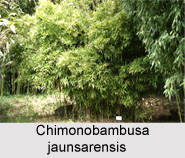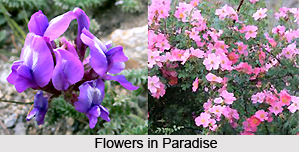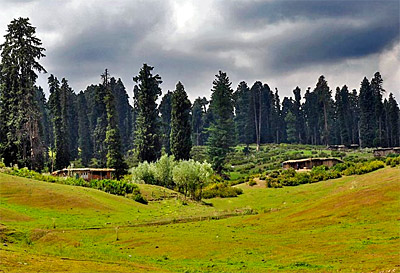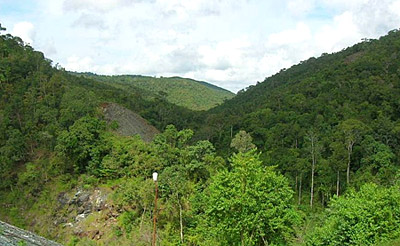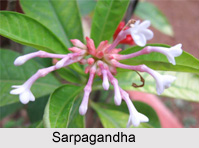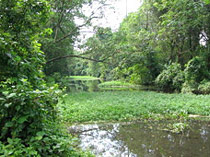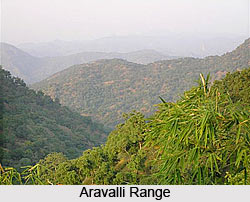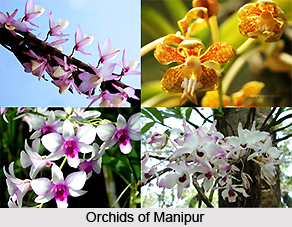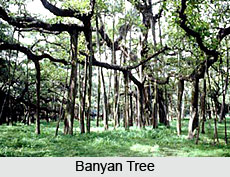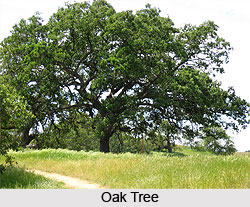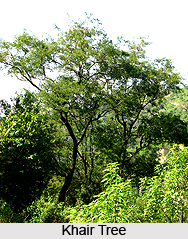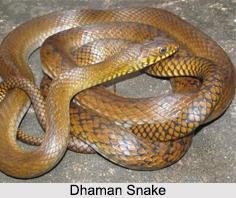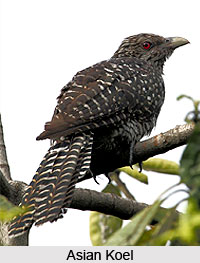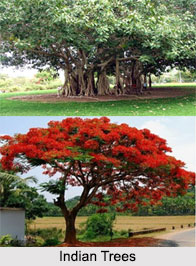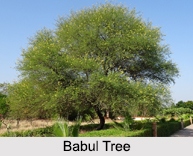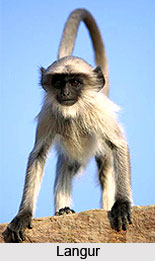 Indian Langurs are thin, long tailed monkeys with a thick eyebrow and a chin tuft. Their face is dark black in colour and their body colour can be gray, dark brown or golden. The Langur has long arms to complement with its small and lean body. The Langur prefers to live in the humid forests, mangrove swamps and wooded terrains of India.
Indian Langurs are thin, long tailed monkeys with a thick eyebrow and a chin tuft. Their face is dark black in colour and their body colour can be gray, dark brown or golden. The Langur has long arms to complement with its small and lean body. The Langur prefers to live in the humid forests, mangrove swamps and wooded terrains of India.
The Golden Langur also called Gee`s Golden Langurs are found in the foothills of the Himalayas along the Assam-Bhutan border. The Himalayan people consider the Langurs holy. The Indian Golden Langur has golden to bright creamish hair on its body. They have a long tail, which measures nearly fifty centimeters and, therefore they are rightly called Langur because the term `langur` means `having a long tail`. The Hanuman Langur is another variety of Langur and is one of the oldest monkeys of the world. They comprise of fifteen subspecies and are terrestrial in nature. The Hanuman Langur is also called Gray Langur, Entellus Langur and Common Indian Langur.
